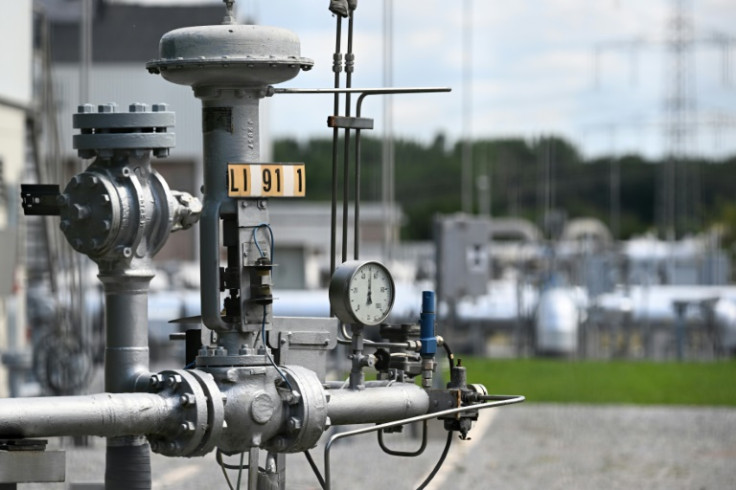Russia Is Burning Gas Worth $10M Daily At Single Facility Due To Limited Export
KEY POINTS
- The gas would otherwise have been exported to Germany
- 4.34 million cubic meters of gas is being burned by the flare every day
- Scientists are concerned about the flaring's effect on the environment
Russia is burning off unprecedented levels of natural gas from a single facility as energy costs shoot up in Europe.
Scientists are concerned that the issue of climate change could be aggravated as the Russian plant is reportedly burning $10 million (£8.4m) worth of gas every single day.
Based on an analysis by Rystad Energy, 4.34 million cubic meters of gas is being burned at the plant which is located near the border with Finland, BBC reported. This gas would otherwise have been exported to Germany using the Nordstream 1 pipeline under the sea. However, supplies to Germany were restricted from mid-July.
While Russia blames technical issues for the cuts in gas exports by the Nordstream 1 pipeline, Germany said it was a purely political move due to the ongoing conflict between Russia and Ukraine.
The liquefied natural gas (LNG) plant at Portovaya, northwest of St Petersburg, is now burning the gas by the flare daily. Gas flaring is a normal process in the industry and is usually done for technical or safety reasons.
Experts are alarmed by the large volumes of carbon dioxide and soot currently being let out by the Russian plant. The situation could worsen the melting of Arctic ice.
"I've never seen an LNG plant flare so much," said Dr. Jessica McCarty, an expert on satellite data from Miami University in Ohio. "Starting around June, we saw this huge peak, and it just didn't go away. It's stayed very anomalously high."
The gas flare first came to notice earlier this summer after Finnish residents near the border saw a large flame on the horizon, according to Wales Online.
Mark Davis the CEO of Capterio, a company that's involved in finding solutions to gas flaring, believes the flaring from the LNG plant is no accident. Davis believes it is the outcome of a deliberate decision, mainly for operational reasons.
"Operators often are very hesitant to actually shut down facilities for fear that they may be technically difficult or costly to start up again, and it's probably the case here," Davis told BBC.
Some also believe the plant is facing technical challenges from having to deal with the surplus amount of gas now available due to the curtailing of gas supply to Germany. Hence, the safest way to handle it is by flaring the gas, which may have otherwise been used to make LNG at the plant.
Esa Vakkilainen, an energy engineering professor from Finland's LUT University, said the flaring could be because the plant doesn't have the right replacements for missing equipment because of trade restrictions imposed by Europe on Russia following the invasion of Ukraine.
"So, because of the trade embargo with Russia, they are not able to make the high-quality valves needed in oil and gas processing. So maybe there are some valves broken and they can't get them replaced," Vakkilainen told the outlet.
While scientists continue to worry about the financial and environmental risks involved in the flaring, Russian energy company Gazprom, which owns the plant, did not respond to the publication's request for comment.

© Copyright IBTimes 2024. All rights reserved.






















